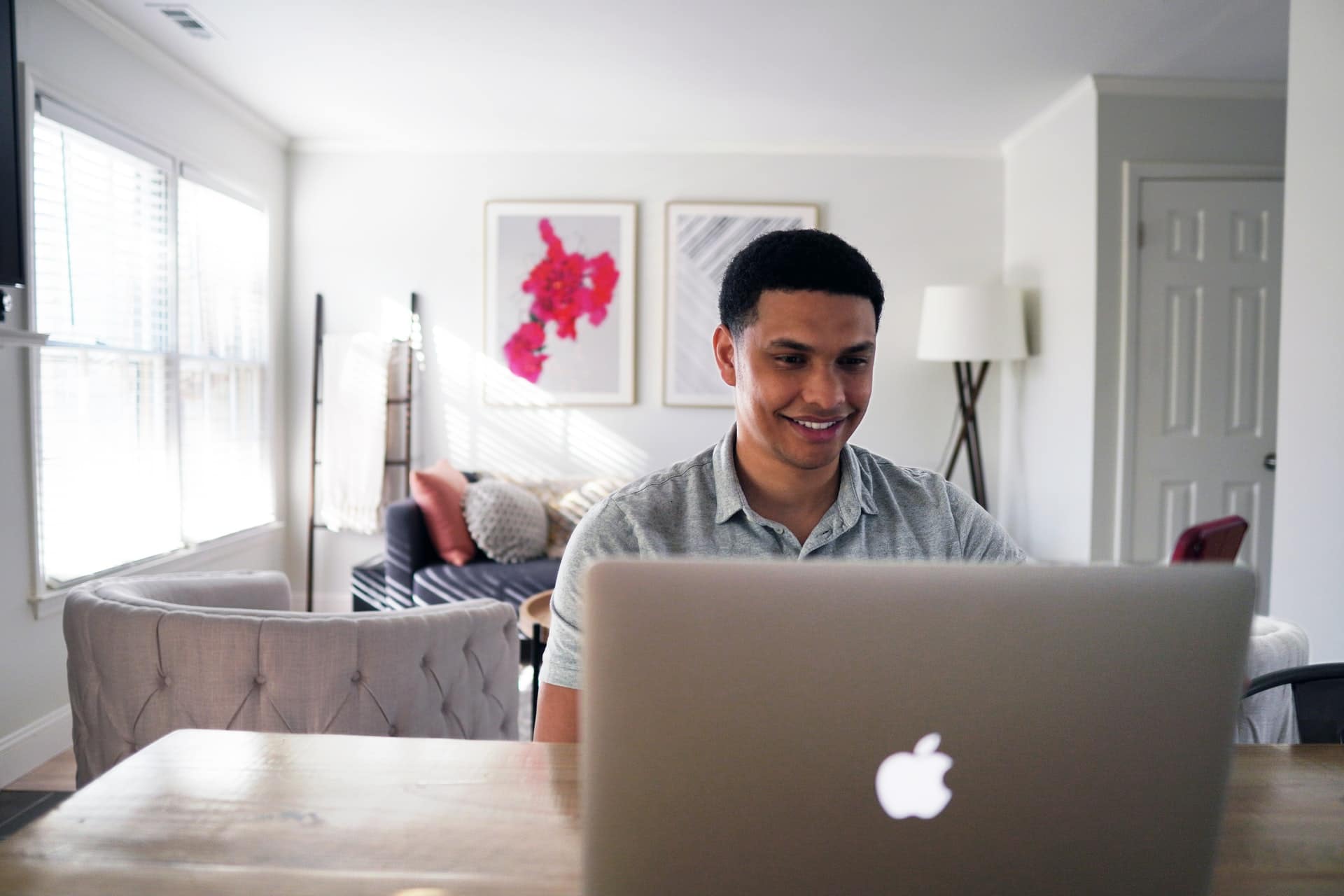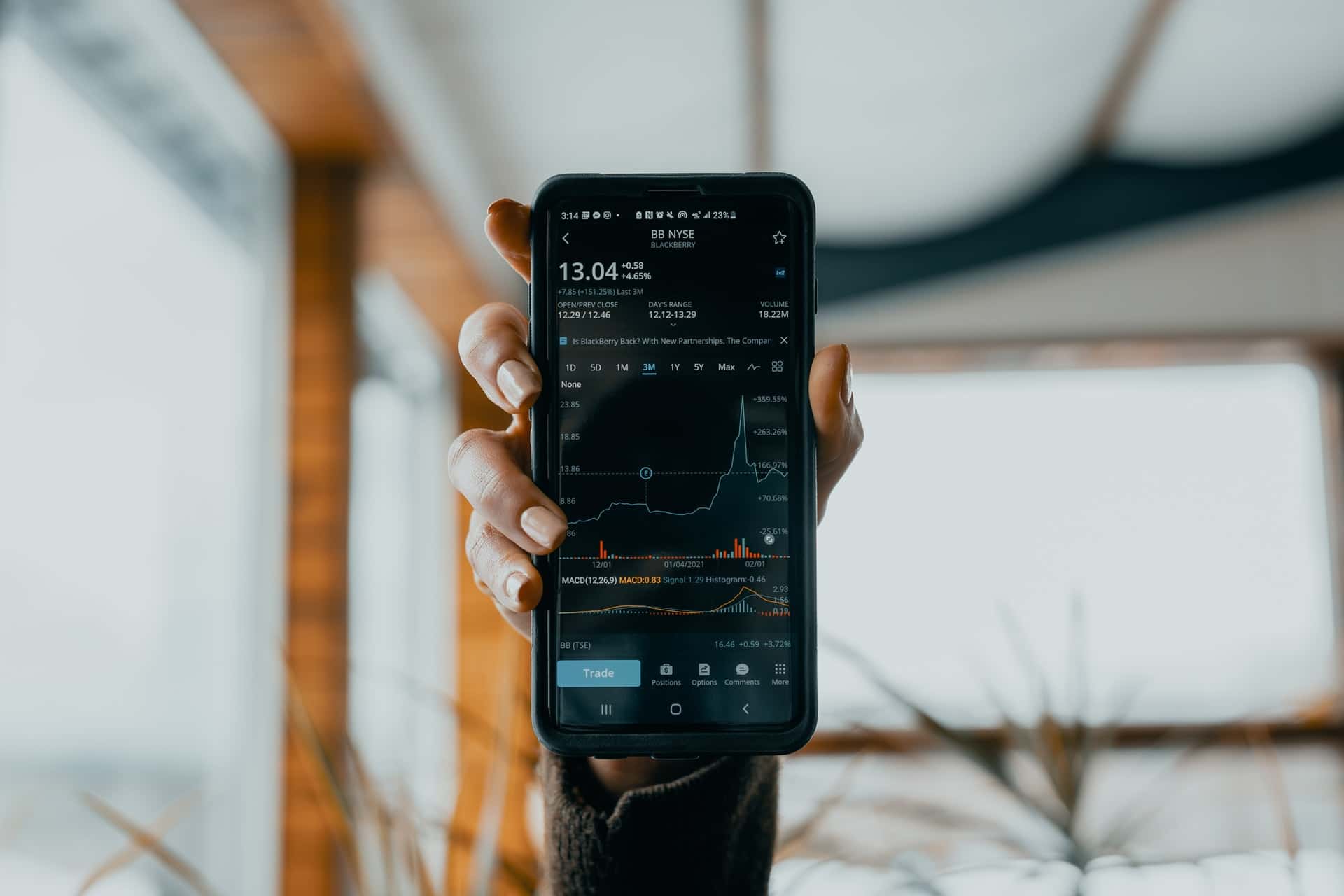Once you’ve understood why you’d want to invest and decided you’re ready, read this article to find out how to get started with investing.
1. Choose a platform
First up: choose an investing platform.
Investing platforms are like supermarkets, offering a variety of investments for you to choose from. They vary in many ways: the types of investments on offer, the amount of choice available, their fees, their service, the user experience, their target market, etc.
It’s worth getting clear on what you need from your investment platform. Then, research a few to find one that aligns most closely with what you’re looking for.
Ready to get started with investing? Here are some things to consider when choosing a platform:
The investments on offer
There are many options to choose from when deciding what to invest in, from individual stocks & shares or bonds to funds or portfolios.
Some platforms will only offer a small number of ready made portfolios, whereas others will only offer individual trades. Others will offer a combination of many different types of investments. Some platforms will only offer their own funds, whereas others will offer funds from many different providers. And many are now offering ethical portfolios to appeal to investors with green values. On Claro, for example, we’ll show you the impact score for each investment portfolio so you can make your money a force for good.
So it’s a good idea to have an idea of what you want to invest in and how much choice you want from your platform. Do you want to choose one portfolio and set it and forget it, or do you want to frequently trade in individual shares regularly? Or something in between?
Some platforms are now offering savings products alongside investments, too. So if you want a platform that provides a one-stop-shop for your savings and investment needs, choose a platform with both on offer.
Fees
Platforms can charge an initial fee when you open an account and an ongoing fee for their service after that.
This is in addition to any fees you pay on your underlying investments. These fees may be a set amount or a percentage based on how much you invest. It can be difficult to compare platform fees like for like, but it’s worth taking a little time to understand the costs and if they seem fair to you.
It’s wise to keep costs low to prevent them from eating into any returns you make. But you may be willing to pay a higher fee for a platform that offers a good investment choice and service suitable to your needs.
Service and user experience
Some of us might want access to our investments via an app, while others are happy with desktop access only.
We might also have views on how much communication, education and content we want from a platform and how easy it is to understand our investments. Experienced investors may want a platform that shares detailed and technical information. Beginners, on the other hand, might want information shared in an easy to understand way.
The service and user experience of each platform will vary depending on their target market, so see which one speaks to you.
You might also want to speak to a Financial Coach or Financial Adviser. At Claro, we offer independent financial coaching where you can identify your goals and plans for all areas of your life. Other platforms offer regulated financial advice, but this often just covers the products available on their platform. Other platforms may just offer you basic customer service, such as online chatbots or phone lines. Pick a platform that offers a level of service that feels right for you.
And don’t forget about protection. If you invest and the provider goes out of business, you might be able to claim up to £85,000 in compensation from the FSCS. But for this to be the case, the provider (and the activity) must be regulated by the FCA or the PRA. So it’s best to check before you deposit any money.
2. Open an investment account
If you want to get started with investing, you can’t just use your normal current account – you need to open a specific account made for investing.
There are various different investment accounts for different purposes:
Stocks & Shares ISA – A tax-efficient investment account where you won’t pay income tax or capital gains tax on any returns you make. You can invest up to £20,000 in a stocks and shares ISA (for the tax year 2020/21).
GIA – A GIA (General Investment Account) lets you hold investments outside of tax wrappers, such as ISAs or pensions. But unlike ISAs, there’s no limit to how much you can invest in a GIA. You might want to open a GIA if you’ve used up your tax-free ISA allowance.
LISA – The Lifetime ISA is a type of ISA (Individual Savings Account) used to help you save for your first home or for retirement. Certain restrictions apply, so make sure you read these before applying.
JISA – The Junior ISA is a tax-efficient way to save up to £9,000 each year for your child. You can choose between a Stocks and Shares JISA or a Cash JISA (or both). The money can only be accessed by your child when they turn 18 years old.
SIPP – One of the most tax-efficient ways to save for retirement is a SIPP (Self-Invested Personal Pension). It’s ideal if you’re a freelancer and don’t have a workplace pension, or if you have a vested interest in where your pension is invested.
3. Choose your funds/portfolios
On Claro, you can choose from our range of hand-picked portfolios:
| Conscious Lifestyle | Invest in funds with the highest graded (ESG) Environmental, Social and Governance track records. |
| American Allstars | This fund tracks the performance of the S&P Index. This is made of 500 of the most powerful companies in the US. |
| Good Energy | Make a positive impact by investing in 30 companies leading the way in clean and green energy sources. |
| Big Tech | Invest in companies that are constantly innovating and changing the way we live today, such as Apple. |
| Mega Mix | Invest in some of the best businesses from across the globe, from Nestle and Toyota to Sony and Nintendo. |
| Great British Business | This fund tracks the performance of the FTSE 350. This is made of the 350 top companies in the UK. |
Once you’re ready to get started with investing, you can put your money into pretty much anything these days. From bonds and gold to property and shares, find out exactly what you can invest in.
4. Deposit some money
You’ve got two choices when it comes to depositing your money.
Either, you can deposit a lump sum of cash straight away if you want to be fully exposed to the market from the get go. If you choose this route, you could stand to make substantial gains in the long run thanks to the snowball effect of compound interest (where you earn interest on money that was previously earned as interest).
Or, you can drip feed money into your investments. This is known as pound cost averaging. This approach is designed to help you ride out market highs and lows by depositing your money little and often. This might be a more sustainable approach to investing and can be particularly beneficial to people who are prone to being guided by their emotions when it comes to investing.
On some platforms, you can start from as little as £1. On Claro, you can invest in a portfolio with just £10.
Now you’re ready to get started with investing, have a read of our golden rules of investing to make sure you’re putting your best foot first!
When you invest, remember that your capital is at risk.
Tax treatment depends on your individual circumstances and is subject to change in the future.












